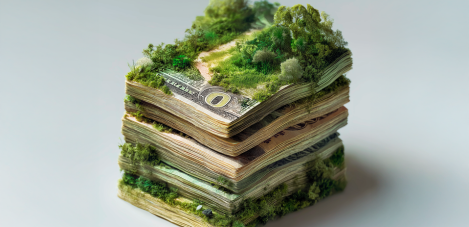-
TrendsE-commerceArtificial IntelligenceRisks
-
SectorIT and Communications
A little over a year ago the creator of Facebook, Marck Zukerberg, announced that the famous application was changing its name to “Meta”, in reference to the metaverse, that new virtual world on which both Facebook and Microsoft or Google are betting on.
Companies and individuals are beginning to transfer their daily activities to virtual reality, which offers possibilities as broad as the option of creating your business, working in a virtual office with the avatars of your colleagues or creating a new economy.
Precisely, in the marketplace of the metaverse, NFTs play a central role.
These non-fungible goods with a concrete value and irreplaceable, like works of art, count on the difference that they only exist in the digital world.
However, the accelerated development of the digital universe has not been accompanied by a commensurate evolution in the legal field, thus giving rise to new questions.
For example, do actions in the metaverse have legal consequences in the real world?
The answer seems to be yes, at least as far as industrial trademark protection is concerned.
Mason Rothschild, an artist who has created an NFT inspired by Hermès’ famous Birkin bags and for which the French brand has sued him.
The couture house argues that thesevirtual creations infringe Hermès’ trademark rights. For his part, Rothschild denounced on his social networks that these are not fakes, but imaginary representations protected, according to him, by his right to be inspired by the world around him, also denouncing the use of animal skins and textile materials used by traditional brands in their creations.
Although the environment is new, litigation over trademark rights has always been a problem.
That is why, from the reputation field, flexible solutions are required for such a changing environment. And one of the consequences of this type of conflicts, whether in the real or virtual world, is the reputational damage they generate on the affected brands.
The reputational expert reports allow a double objective in this type of cases:
● On the one hand, to accredit the reputational damage generated by a conflict around brand identity elements.
● On the other hand, to help measure the degree of similarity or difference between the brands or products in conflict.
.
To this end, an expert branding team can analyze the unique identifying features by which a brand generates recognition, such as logo, typography, slogan, product packaging, product design, advertising campaigns or website design, among many others.
In addition, this type of analysis can be completed with other elements such as perception surveys, which will provide additional evidence to present when damage has been caused by plagiarism or improper use of a trademark in both the real and virtual world.
Beyond reinforcing the legal strategy in the procedure, it may also be useful to transfer the results of the expert report to the field of public opinion if necessary and deemed appropriate.
In addition to brand analysis and perception surveys, expert reports can also accredit the reputational impact of the issue through the economic quantification of the impacts on media and social networks. This is achieved through massive data analysis, a method increasingly necessary in the face of new digital challenges such as those presented by the metaverse.
To learn more about our methodology for measuring reputational impact as expert evidence, we invite you to download: “Expert reports: how to prove and quantify reputational damage in a judicial process.”






